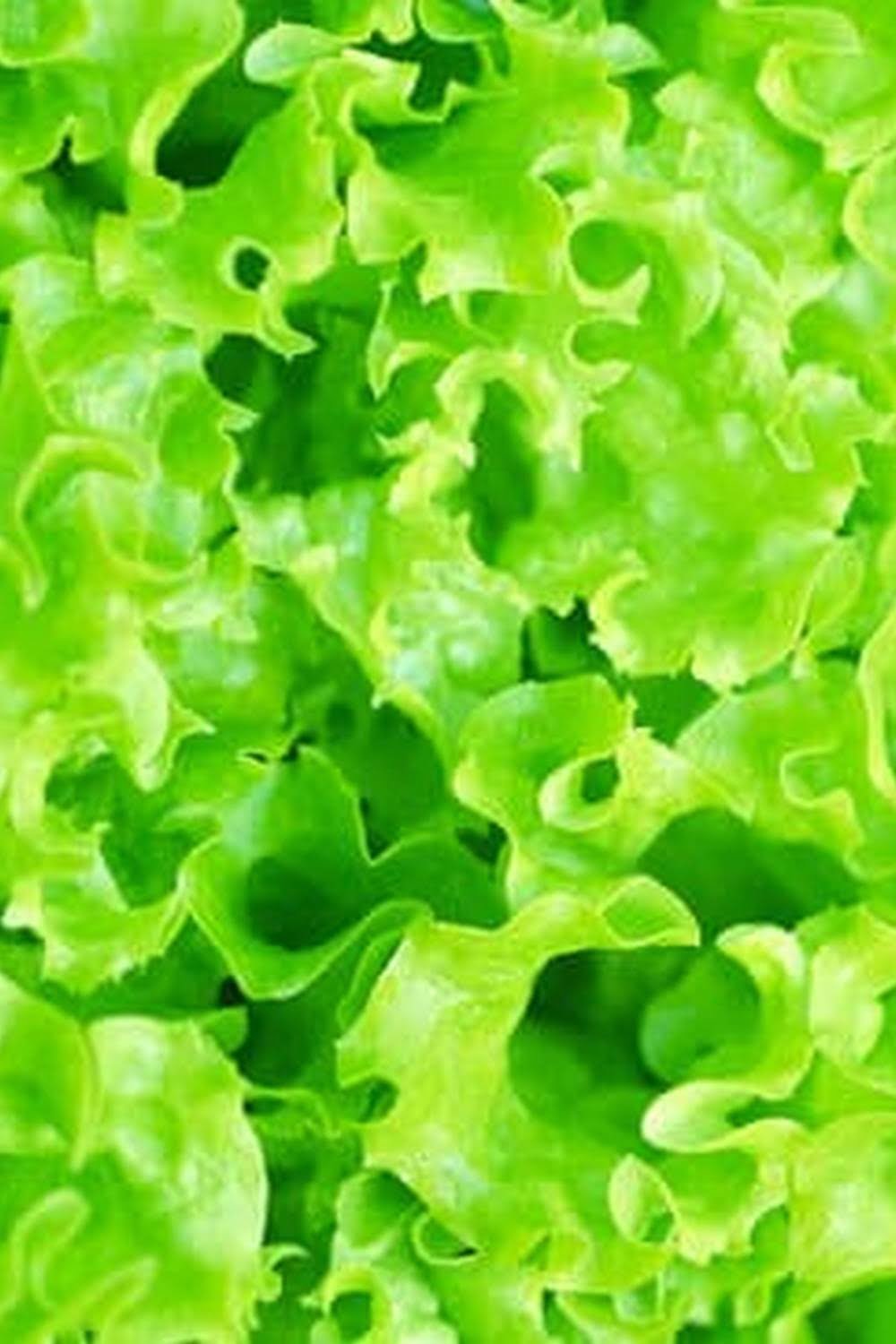Small Vegetable Garden Raised Beds
Are you considering starting a small vegetable garden, but don’t have the space or the soil? A great option is to use raised beds. Raised beds are a great way to garden if you have limited space, or if you want to improve the quality of your soil.
There are many different ways to build raised beds. You can use lumber, bricks, rocks, or concrete blocks. The important thing is to make sure the sides are at least 12 inches high so that you can easily work the soil.
If you are using lumber, you will need to use treated lumber, as regular lumber will rot quickly. You can either use a simple design with boards running lengthwise, or you can use a more intricate design with boards running crosswise.
If you are using bricks, you will need to lay them on their side so that the soil can drain properly. You can either create a square or rectangular bed, or you can make a circular bed.
If you are using rocks, you will need to use a lot of them, and it can be a bit of a challenge to put them together so that the bed is sturdy. It is a good idea to use a geotextile fabric between the rocks and the soil to help keep the soil in place.
If you are using concrete blocks, you will need to create a rectangular or square bed. Be sure to use a level to make sure the blocks are even, and use mortar to hold them together.
Once you have built your raised bed, you will need to fill it with soil. You can either buy soil from a garden center, or you can make your own. If you are making your own soil, you will need to mix equal parts of compost, topsoil, and sand.
Once your raised bed is filled with soil, you are ready to plant! You can plant vegetables, flowers, or herbs in your raised bed. Just be sure to choose plants that will do well in the type of soil and climate you have.
A small vegetable garden in a raised bed is a great way to get started gardening, even if you don’t have a lot of space or good soil. Raised beds are easy to build, and they can be used to grow a variety of plants.
Rectangle Raised Bed Vegetable Garden Layout With Fence
This layout is perfect for a beginner vegetable gardener. It is easy to follow and easy to keep pests out. The fence also keeps your dog from digging up your vegetables.
Vegetables can be planted in straight rows or in a staggered pattern. The key to a successful vegetable garden is to make sure the vegetables have plenty of room to grow.
The layout shown here includes a 4-foot by 8-foot raised bed vegetable garden and a 4-foot by 4-foot vegetable garden. The 4-foot by 8-foot garden can be divided in to two 2-foot by 8-foot gardens.
The layout can easily be customized to fit your needs. You can add more or less raised beds, or make the garden larger or smaller. You can also add a gate to the fence to make it easier to get in and out of the garden.
If you are new to vegetable gardening, I suggest starting with a layout like this one. It is easy to follow and easy to keep pests out.
Terraced Raised Beds Vegetable Garden
A terraced raised bed vegetable garden is a great way to garden if you have a small space. It is also a great way to garden if you want to garden on a hill. A terraced raised bed vegetable garden is a series of raised beds that are terraced into a hill.
To make a terraced raised bed vegetable garden, you will need a shovel, a rake, and some level ground. You will also need some boards or stones to use as a retaining wall.
The first step is to mark out the area for your garden. You will need to decide how big you want your garden to be and how many levels you want it to have. You will also need to mark out the level of each bed.
The next step is to dig out the area for your garden. You will need to dig a trench for the retaining wall and a hole for each bed.
The next step is to build the retaining wall. You can use boards or stones for this.
The next step is to build the beds. You can use boards or stones for this.
The last step is to fill the beds with soil. You can either buy soil or make your own.
Raised Bed Vegetable Garden Kit
A raised bed vegetable garden kit can be a great way to get started in vegetable gardening. A raised bed is simply a garden bed that is raised up off the ground, making it easier to work in and keeping the soil warmer and drier.
There are a number of different types of raised bed vegetable garden kits available. Some are made of wood, while others are made of plastic. Some kits come with a pre-made bed, while others require you to build your own.
No matter which kit you choose, there are a few things you’ll need to keep in mind. First, make sure that the kit is the right size for your garden. You’ll also need to make sure that the kit is easy to assemble and that the materials are of good quality.
Finally, be sure to read the instructions carefully. Most kits come with a list of recommended plants to grow in them, as well as tips on how to care for your garden.
How To Prevent Chipmunks From Digging Under Raised Vegetable Garden
Beds
Chipmunks are pesky little creatures that can easily get into your garden and ruin your vegetables. One way to prevent them from doing this is to build a raised vegetable garden bed. This will keep them out of the garden and allow you to grow your vegetables without any interference.
If you already have a raised vegetable garden bed and are experiencing problems with chipmunks digging under it, there are a few things you can do to stop them. One is to place a wire mesh fence around the bed, making sure it is buried a few inches below the soil to prevent the chipmunks from digging under it. You can also place a wire mesh lid on top of the bed to further deter the chipmunks.
If you are not able to fence off your raised bed, you can try to use a repellent to keep the chipmunks away. There are a number of different repellents available, such as peppermint oil, cayenne pepper, or castor oil. You can either spread the repellent around the edge of the bed or spray it on the plants.
Chipmunks can be a nuisance, but with a little bit of effort you can keep them from causing damage to your raised vegetable garden bed.

If you’re looking to get into vegetable gardening, or are just looking for some tips on how to make your current garden better, then you’ve come to the right place! My name is Ethel and I have been gardening for years. In this blog, I’m going to share with you some of my best tips on how to create a successful vegetable garden.





